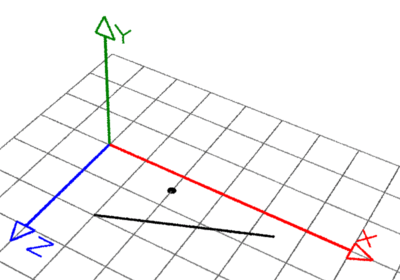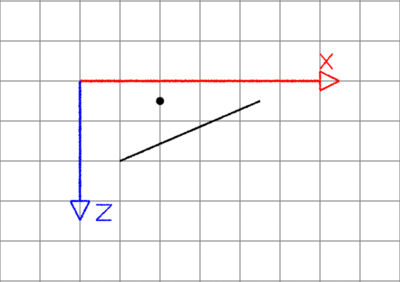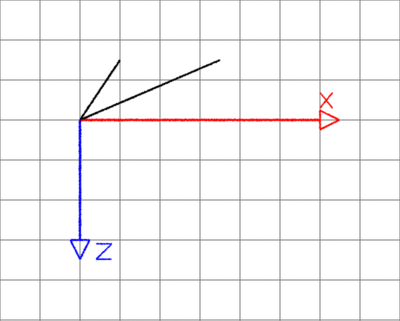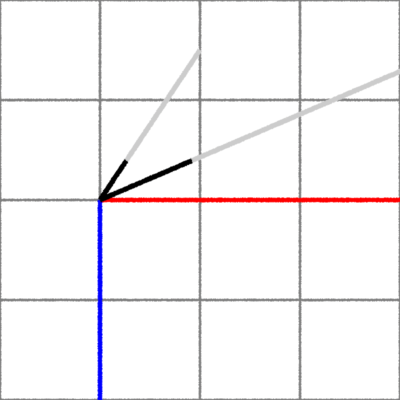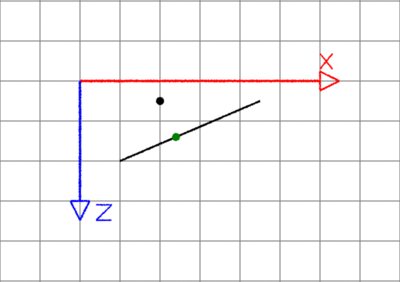Introduction
This tutorial presents a relatively straight forward explanation of how the shortest
distance between a point and a line can be calculated. Readers who have searched the
internet for information on this topic know there is no shortage of confusing, and
often confused, "explanations" about point-to-line calculations.
Computer graphics typically deals with lines in 3D space as those defined by points
that provide the coordinates of the start and end of a line. This tutorial refers to such
lines as "line segments". The shortest distance between a point and a line segment may
be the length of the perpendicular connecting the point and the line or it may be
the distance from either the start or end of the line.
For example, point P in figure 1B is bounded by the two gray perpendicular
lines and as
such the shortest distance is the length of the perpendicular green line d2. The points in
figures 1A and 1C are outside their respective starting and ending perpendiculars and
consequently the shortest distance must be calculated from either the start or the end
of the line segment.

Figure 1
